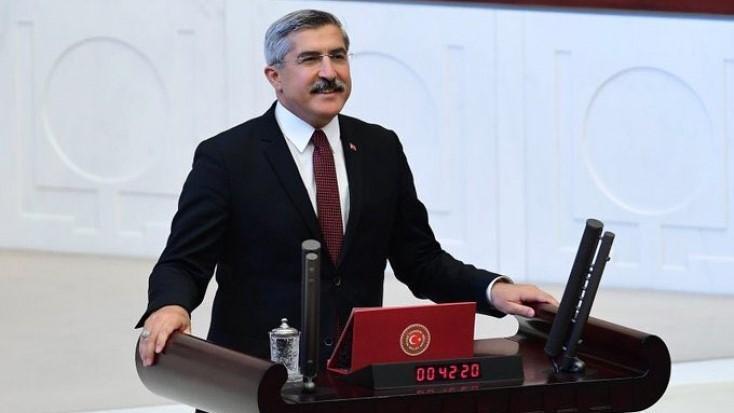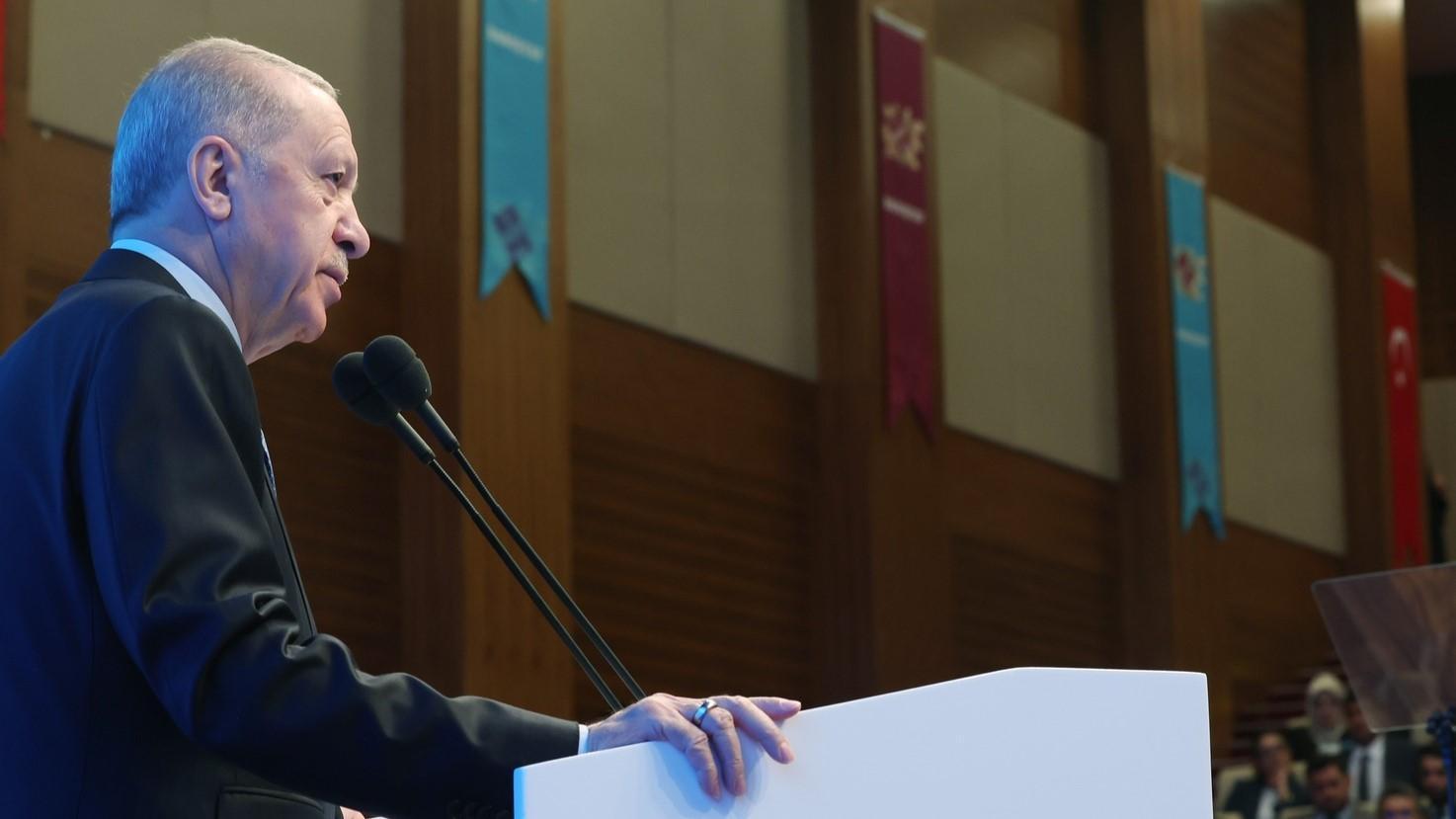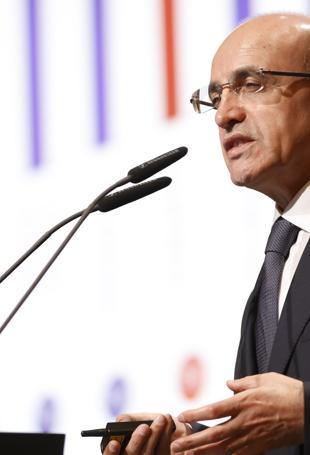Central Bank tells the government ‘Do not disrupt stability’
The presentation delivered by Central Bank Governor Erdem Başçı at the beginning of the week had a self-defending feature in the matters of the monetary policy and interest rate decision. It is not known how much Prime Minister Recep Tayyip Erdoğan and the Cabinet ministers enjoyed this presentation or how much they benefited from it, but they should have received the answer to the latest criticisms.
The Central Bank administration tried to justify the monetary policies applied with the graphics and tables included in the presentation. In other words, we can say the Central Bank administration gave the message of “Do not disrupt the stability” the members of the Cabinet.
The graphic in which Başçı explained with the Fisher curve that “if there are rapid and high interest rate decreases after sudden interest rate increases, then it will be inevitable to raise the rates afterward,” was maybe the most remarkable part of the presentation. These graphics and comments about the rate openly show the prime minister had wanted the decrease and he was angry at the Central Bank administration because they haven’t done it. It showed that, “A fast and high interest rate drop would create many more problems in the future.”
When one reads the headlines of the graphics and tables in the presentation one after the other, one can see that positive developments in the economy such as “business is going well, the current account deficit is decreasing, the rise in employment is very good according to international comparisons, inflation will start decreasing starting in June and exports continue increasing” are summed up.
Besides, it was shown with tables that with the measures taken, growth was regulated onto a stable course; this year, growth will be 4 percent and that this was a good rate when compared internationally. It was demonstrated with tables that, again, with the measures taken, domestic consumption has been balanced, exports continue to increase and the ratio of exports/imports and the current account deficit continue to decrease.
June 24 meeting has critical importance
Additionally, the tables that show how investments looked less in countries where domestic consumption is rapid were deliberately included in the presentation. These tables appeared after the listing of international investment rates, in other words, the ratio of investments to the national income and that Turkey was in a good position in this respect.
While it was noted that inflation rates were high and the most important factor in this was the high increases in the foreign exchange rate. Low savings rates that cause the current account deficit were also listed with, again, international comparisons.
Graphics, covering certain time intervals, were presented to the Cabinet members that demonstrated that the Central Bank’s money tightening policy measures gave results, that the temporary tightening in short term interest rates were an effective tool in fighting inflation and the tight policy prevented the rapid loss of value in foreign exchange rates.
It seems that despite the prime minister’s criticisms, Başçı is determined to continue the monetary policies applied. It is not known what reaction the PM will have, but one thing is known and that is the Central Bank administration will pass a serious interest rate test regarding its independence during the meeting it will hold on June 24.











